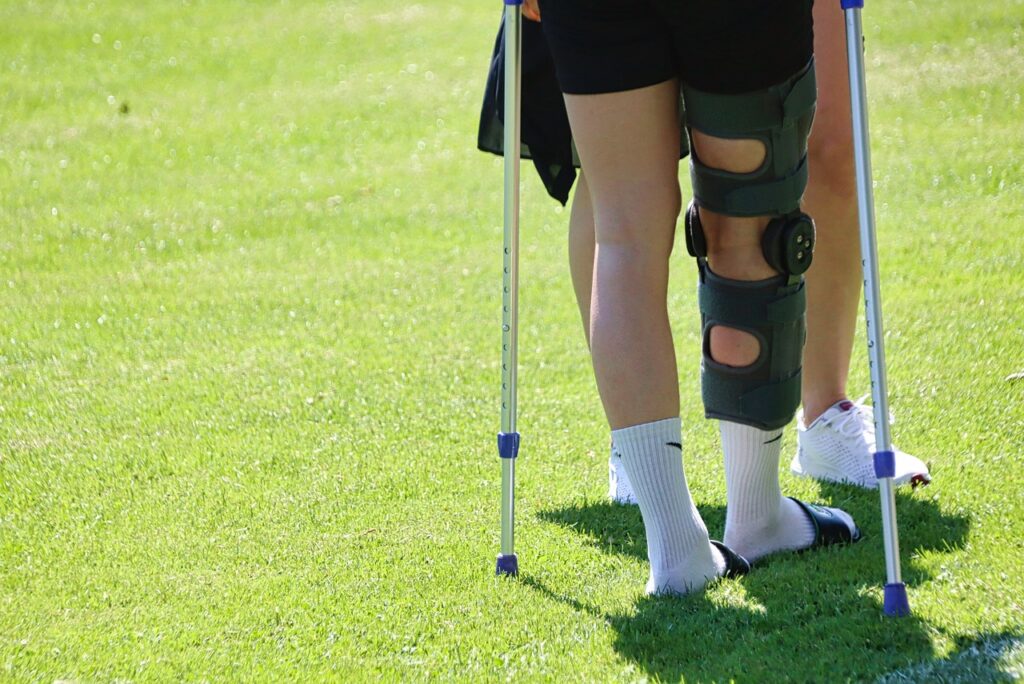Undergoing ACL (anterior cruciate ligament) surgery is a significant step toward regaining stability and function in the knee joint. However, the success of the surgery greatly depends on the patient’s commitment to post-operative care and rehabilitation. By understanding and prioritizing the following key considerations, patients can optimize their recovery and increase their likelihood of returning to active lifestyles.
1. Follow the Rehabilitation Program:
Following a structured and personalized rehabilitation program is crucial after ACL surgery. The program, designed by a qualified physiotherapist or orthopedic surgeon, typically includes exercises to regain strength, flexibility, and stability in the knee joint. Adhering to the prescribed exercises and gradually progressing through the rehabilitation stages is essential for a successful recovery.
2. Protect and Support the Knee:
Protecting the knee during the early stages of recovery is vital. Wearing a knee brace or using crutches, as the healthcare professional advises, can help stabilize the joint and prevent excessive stress. It’s important to avoid high-impact activities and movements that could jeopardize the healing process. Patients should also be mindful of their daily activities, taking precautions to avoid falls or sudden jolts to the knee.
3. Manage Pain and Swelling:
Pain and swelling are common after ACL surgery. Managing these symptoms effectively can aid in the recovery process. For example, applying ice packs to the knee, elevating the leg, and taking prescribed pain medications as directed by the healthcare professional can help alleviate discomfort. However, it’s essential to communicate any excessive pain or swelling to the healthcare team, as it may require further evaluation or adjustment of the treatment plan.
4. Commit to Physical Therapy:
Physical therapy plays a central role in ACL surgery recovery. Attending regular physical therapy sessions and diligently practicing the assigned exercises at home can help restore strength, range of motion, and stability in the knee joint. In addition, the physiotherapist will guide patients through specific exercises, focusing on strengthening the quadriceps, hamstrings, and hip muscles, which are vital for knee stability.
5. Gradual Return to Activities:
Returning to sports or physical activities should be approached gradually and under the guidance of a healthcare professional. Rushing back too soon can increase the risk of re-injury. The healthcare team will provide a timeline for returning to activities based on individual progress. Engaging in proper warm-up routines, using protective equipment, and gradually increasing activity intensity can help ensure a safe and successful return to previous levels of physical engagement.
Conclusion:
ACL surgery is a significant milestone in the journey toward regaining knee stability and function. By prioritizing the key considerations outlined above—following the rehabilitation program, protecting the knee, managing pain and swelling, committing to physical therapy, and gradually returning to activities—patients can optimize their recovery and increase the chances of a successful outcome. Remember to consult the healthcare team for personalized advice and guidance throughout recovery.
Sources:
1. “Rehabilitation Following Anterior Cruciate Ligament Reconstruction: A Systematic Review.” – Journal of Orthopaedic & Sports Physical Therapy
2. “The Role of Physical Therapy in the Management of Individuals After ACL Reconstruction.” – The Journal of Orthopaedic and Sports Physical Therapy.

